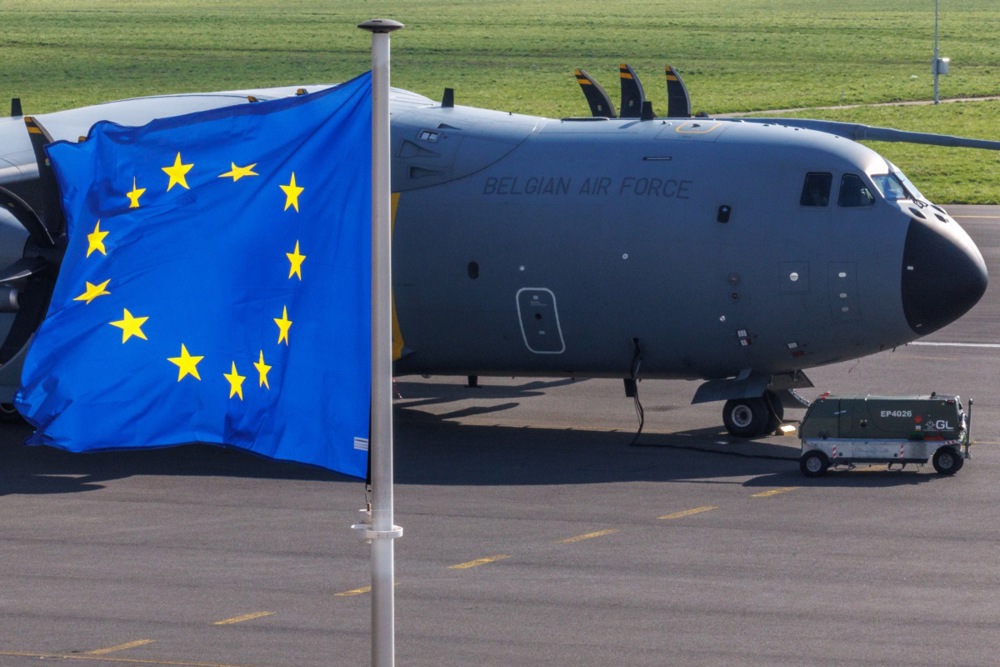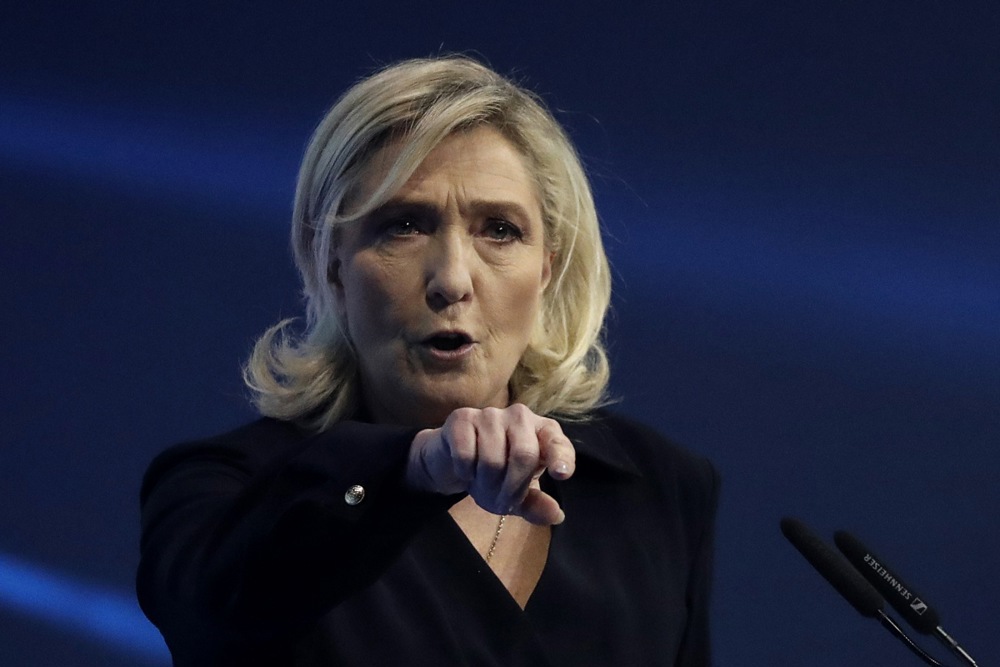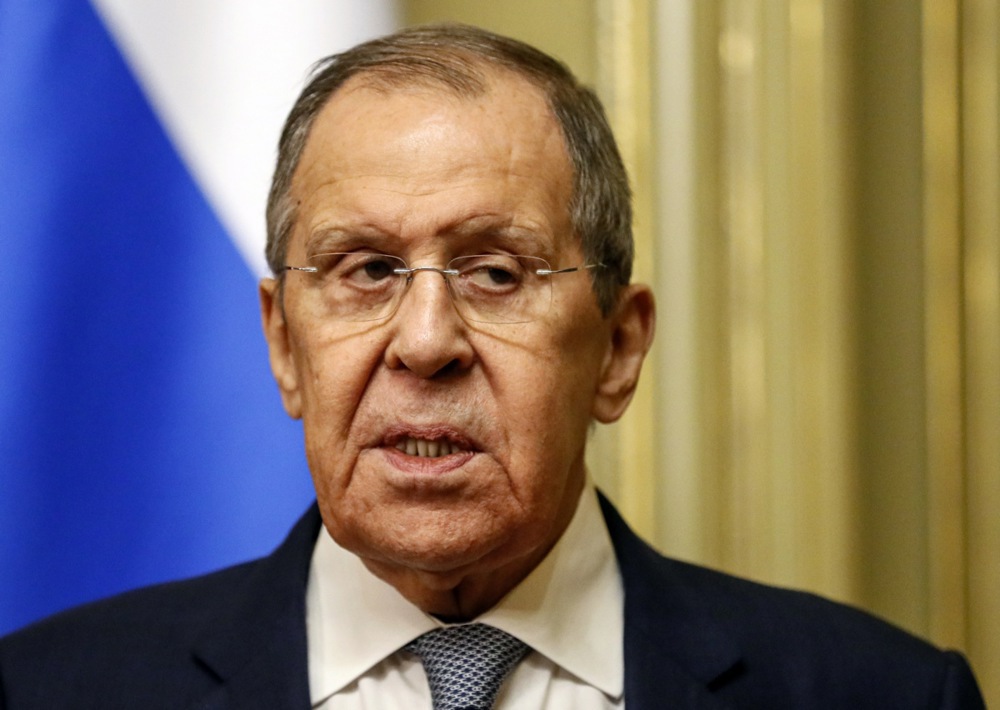Global spending on nuclear weapons has increased to over $90 billion, peace organisations have claimed.
NGOs monitoring the sector say there has been a one-third increase in weapons spending over the past five years by the nine nuclear-armed states modernising their atomic arsenals.
The International Campaign to Abolish Nuclear Weapons (ICAN) said the countries — Russia, the US, France, India, China, Israel, the UK, Pakistan and North Korea — spent a total of $91 billion on nuclear weapons last year alone.

Both ICAN and the Stockholm International Peace Research Institute (SIPRI) reported this surge in financial outlay reflected the modernisation of nuclear weapons and the deployment of new systems.
Melissa Parke, ICAN’s director, said a new nuclear arms race appeared to be underway, with global spending on nuclear weapons increasing by $10.8 billion in 2023.
The US accounted for the lion’s share of the 2023 amount, with the country spending $51 billion, more than the combined total of all other nuclear-armed states.
China and Russia followed with expenditures of $11.9 billion and $8.3 billion, respectively.
Wilfred Wan, SIPRI’s director of the Weapons of Mass Destruction programme, noted that nuclear weapons were playing a significant role in international relations for the first time since the Cold War.
SIPRI reported a slight decrease in the total number of nuclear warheads globally — from 12,512 to 12,121 over the past year — yet the number of warheads available for potential use increased to 9,585.
“Nuclear warheads can be repaired. Russia, for example, retains a large number of warheads from the USSR era, and constant overhaul consumes large financial resources,” the defence analyst explained.
According to SIPRI, almost 3,000 nuclear warheads were decommissioned in the US and Russia. This may be due to “the passage of time or electronic warfare override of systems”.
Russia and the US hold 90 per cent of these warheads, with China now estimated to have some warheads in a high state of operational alert for the first time.

Dan Smith, SIPRI’s director, warned that globally, we are living in one of the most dangerous periods in human history.
In February 2023, Russia suspended its participation in the New START treaty, the last control treaty limiting strategic nuclear weapons between Russia and the United States.
The disarmament agreements “are not very reliable”, according to the defence analyst, “because the inspections are more for show.
“They can even be considered industrial espionage when a delegation goes on a fact-finding trip,” he added.
SIPRI observed that Moscow has been conducting exercises with tactical nuclear weapons near the Ukrainian border as of May 2024.
The modernisation efforts are not limited to the major powers. India, Pakistan and North Korea are all said to be working to deploy multiple warheads on ballistic missiles, a capability Russia, France, the UK, the USA and China already possess.
Russia and the US each have more than 1,200 warheads retired from military service, which are being dismantled gradually.
On the other hand, China’s nuclear arsenal is expanding rapidly, increasing from 410 warheads in January 2023 to 500 in January 2024, with projections suggesting it could match the number of intercontinental ballistic missiles (ICBMs) of Russia and the USA by the end of the decade.
China, despite its vast military potential, is “more dependent on the Russians than it appears to be for military technology”, the analyst said.
European Commission President @vonderleyen assures that "President Xi has played and important role in de-escalating Russia´s irresponsible nuclear threats”.#vonderleyen #eu #ursulavonderleyen pic.twitter.com/rIRTbtfnh5
— Brussels Signal (@brusselssignal) May 7, 2024
The UK, while not increasing its arsenal in 2023, does plan to grow its stockpile following a 2021 announcement to raise its battery from 225 to 260 warheads.
France continues to develop new nuclear systems, including a third-generation nuclear-powered ballistic missile submarine (SSBN) and a new air-launched cruise missile.
India and Pakistan are also developing new nuclear delivery systems, with India focusing on longer-range weapons that can reach China.
North Korea has reportedly increased its stockpile to approximately 50 warheads with enough fissile material to potentially reach 90. Although no nuclear tests were conducted there in 2023, North Korea tested a short-range ballistic missile from a silo and developed land-attack cruise missiles for nuclear delivery.
Israel, which does not publicly acknowledge its nuclear arsenal, is believed to be modernising its nuclear weapons and upgrading its plutonium production reactor at Dimona.
The chances of a nuclear conflict between superpowers were “ruled out”, according to an unnamed private-sector defence intelligence analyst.
“The only way something like this could break out would be a chain reaction between countries with this type of weaponry, a domino effect,” he said.
The documents outline potential triggers for a nuclear response. These range from an enemy incursion into Russian territory to specific events such as the destruction of 20 per cent of the country’s strategic ballistic missile submarines.https://t.co/pLQLe2By08
— Brussels Signal (@brusselssignal) February 28, 2024





